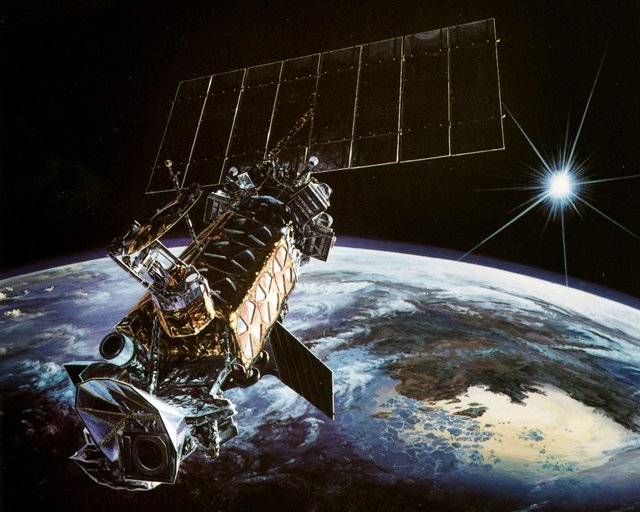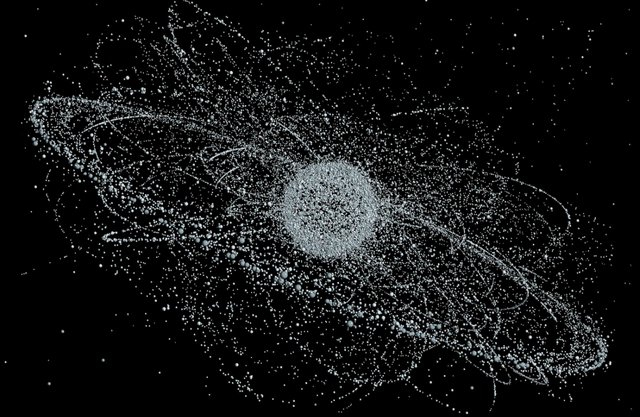Space incident which not happened
On the last week Joint Space Operations Center (JSpOC) warned about possible collision of two old spaceraft on the Sun-synchronous 800 km high orbit. According to press-release there was 44% probability of head-on collision on January 7th.
The identities of satellites were not mentioned, but with the most probability it were US DMSP F15 (1,22 metric tons), launched in 1999, and Soviet era 2,2 tons Meteor 1-26, launched in 1976. Both satellites are not functioning and are revolving around their axes unpredictably, so there is no way to correct their orbits remotely.

January 7th passes and this time collision not happened, but it is unknown for how long. There is no atmosphere braking effect on 800 km orbit, so satellites can stay there for decades. Collision would create great debris cloud which pose great danger for active spacecrafts.

8 tons European satellite Envisat - largest stray object on this orbit, it went out of control in 2012. Every year two chunks of space garbage pass within 200 m, so future collision is only question of the time. Envisat is primary goal for new European Space Agency (ESA) mission e.Deorbit, to be launched in 2023. Experimental spacecraft will capture Envisat with net or robotic arm, and will burn in Earth atmosphere.
Of course it is too early to dream of space factory collecting garbage for re-using its matherials and parts, but it should be ultimate goal - to burn them in the atmosphere seems not the best way.
For further reading:
http://spaceflight101.com/close-orbital-encounter-january-7-2017/
http://m.esa.int/Our_Activities/Space_Engineering_Technology/Clean_Space/e.Deorbit
You raise an interesting concern. There has to be an enormous amount of man-made debris floating around out there and they keep adding to it. Sounds like some Stratospheric cleanup is overdue!
There is so much debris up there but luckily it is orbiting earth falling towards earth, burning up before it makes problems. Surprisingly 'they' know about even the smallest piece, small as a screw, so 'they' can put new structures out of the orbit of the lower debris.
It is still really risky business.
There is possibility of cascade effect, like chain reaction, when debris from one collision hit another target and so on - see first link in the end of post, or google "Kessler effect"
Soon a rocket will be unable to make it through the junkyard lol!